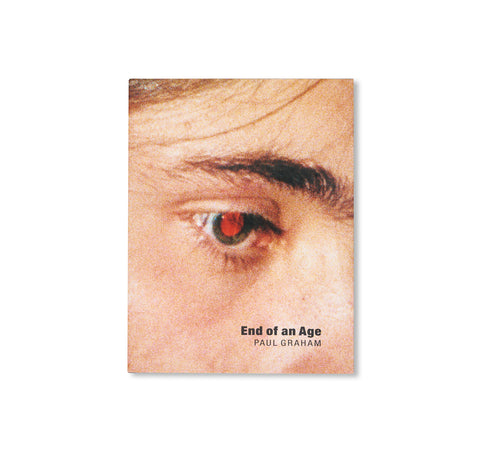FILMS by Paul Graham
イギリス人フォトグラファー、ポール・グラハム(Paul Graham)の作品集。本作は、写真という媒体において物質的な素材であるフィルムへの賛美として作られた一作。伝統的な撮影手法として用いられ20世紀最大のメディアであったにも関わらず、フィルムはこの10年の間にデジタルカメラに立ち位置を追いやられ、壊滅的に衰退した。フィルムは死んだのだ。写真家の誰もにとって刺激的であり心を揺さぶったKodacolor、Fujicolor、Tri-X、Kodachrome、Ektacolorなどのフィルムはいずれも生産を終了、もしくは急速に姿を消そうとしている。しかしこの魅惑の媒体は、セルロイドシート上のゼラチン乳剤に含まれた銀塩による科学と、魔法のような錬金術の両方による産物であり、光を捉えて像を生み出す物質なのである。フィルムは20世紀を決定づける素材となり、かつての油彩画や大理石のように、写真や映画の分野における巨匠の誰もが制作に使用してきた。作者は、2009年に開催された展覧会と同年に出版された作品集を制作する過程において過去30年間の作品を振り返るうち作品の材料であるフィルムという素材に魅了され、自身を含むすべての写真家がイメージを創り出すために使用してきたモノの物質性について考えるようになった。イメージをスキャンするだけでは見つけられないような可能性を検討するため、何も写っていないフィルムの端や未露光の部分もスキャンし、自身の作中から「negative retrospective(ネガフィルム回顧録)」を収集した。最初に現れたのは抽象的なドット、影や粒、色のかたまりであったが、それらはフィルム乳剤を拡大したイメージ、つまりフィルムの露光と現像の過程で生じる発色の粒子であった。このようなイメージは、実は全く抽象的なものではなく、フィルムの構造―フィルムの乳化に不可欠な赤、緑、青の化学的発色剤など全てのイメージにとって基本構造となるもの―を極度に拡大しただけである。写っている実像とは無関係に、フィルムの麗しき複雑構造と粒子状のフォルムがもたらす驚きは見るものを存分に楽しませてくれる。粒子、発色剤、白黒の銀の結晶は驚くほどに美しく、シンプルな美を湛えた科学的な記録のイメージを作り出している。作家はフィルム時代が終焉する過渡期に、写真への賛辞や感謝、郷愁を含んだオマージュ、惜別、視覚的な驚きを込めて制作した。本書は、20世紀に写真と関わったすべての人に向けられた一作である。
Films is Paul Graham's eulogy to the physical material of photography: film. The 20th century's greatest medium has undergone a catastrophic decline over the past decade as digital cameras have swept aside the traditional process of taking photographs. Film has died: Kodacolor, Fujicolor, Tri-X, Kodachrome, Ektacolor – all evocative names for any photographer – are now gone or fading fast. Yet this magical material is a true product of both science- silver salts suspended in gelatin emulsion on celluloid base, and magical alchemy - it could capture light. Film became one of the defining materials of the 20th century, and just as oil paint or marble in their time, it has been the medium used by each and every great artist of photography and film making. While examining his past 30 years of work for the 2009 survey exhibition and book [hyperlink], Graham became enraptured with the material of his craft, and began to reflect upon the physical substance by which he, and indeed all photographers, made their images. Besides scanning his images for the survey, he also began to scan the blank film ends and unexposed frames from each body of work to gather an alternative survey, a 'negative retrospective' of his practice. What first appears to be abstract dots, blobs or colour forms, are in fact simply greatly magnified images of the raw film emulsion– the color dye clouds formed in the exposure and development of film. These images are not abstract at all, but just extreme close-ups of the film's structure – the red, green and blue chemical couplers that form film emulsion, the basic building blocks of each and every image. Their beauteous complication, the wonder of their granular form, irrespective of what they describe, is given here for each of us to enjoy. Graham presents us a timely tribute to the passing of film. The grains, color dye clouds, the black and white silver crystals, make images of stunning beauty, simplicity and scientific record. Part wistful homage, part farewell, part visual wonder, Films is a book for anyone who engaged with photography in the 20th century.
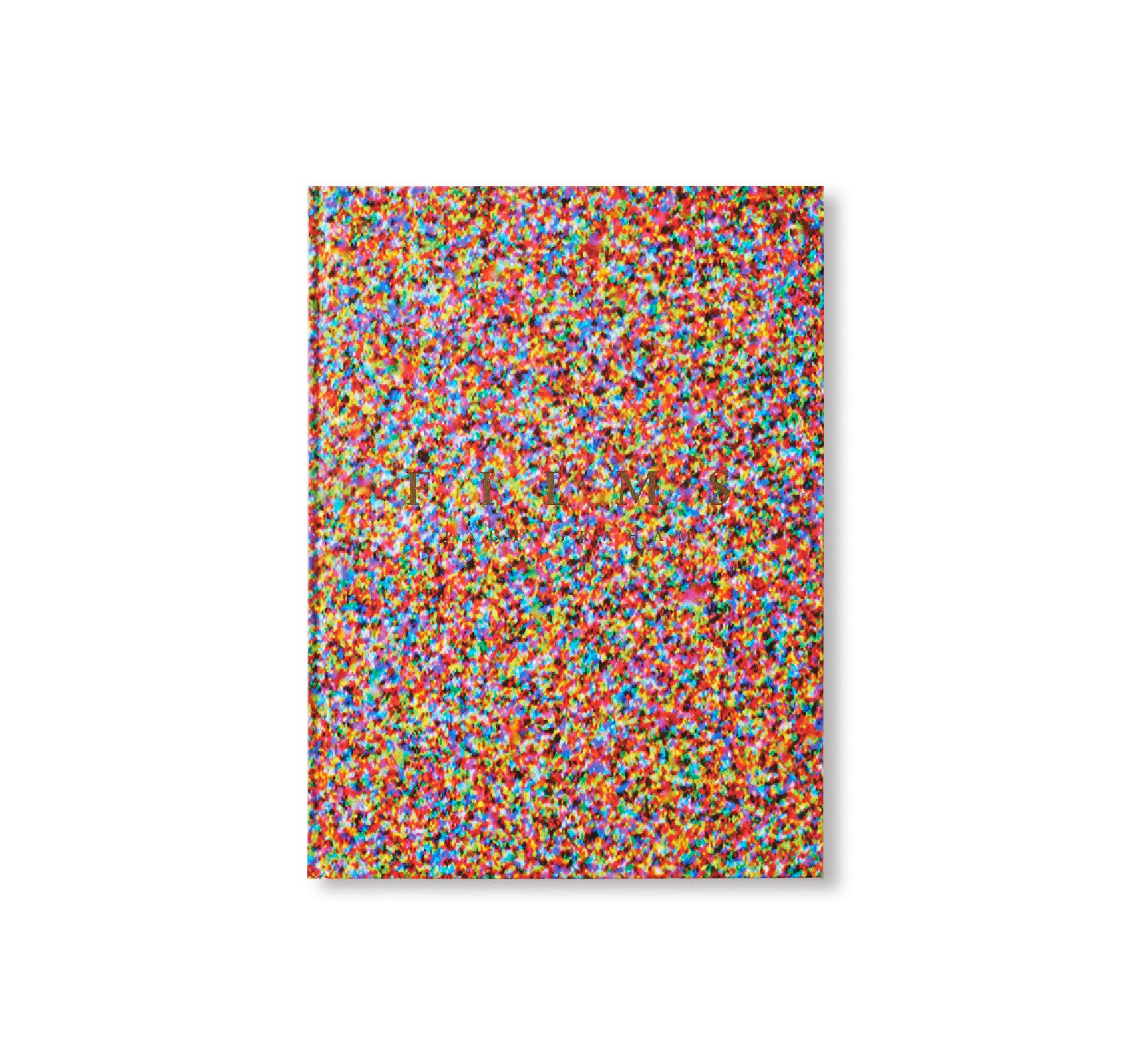
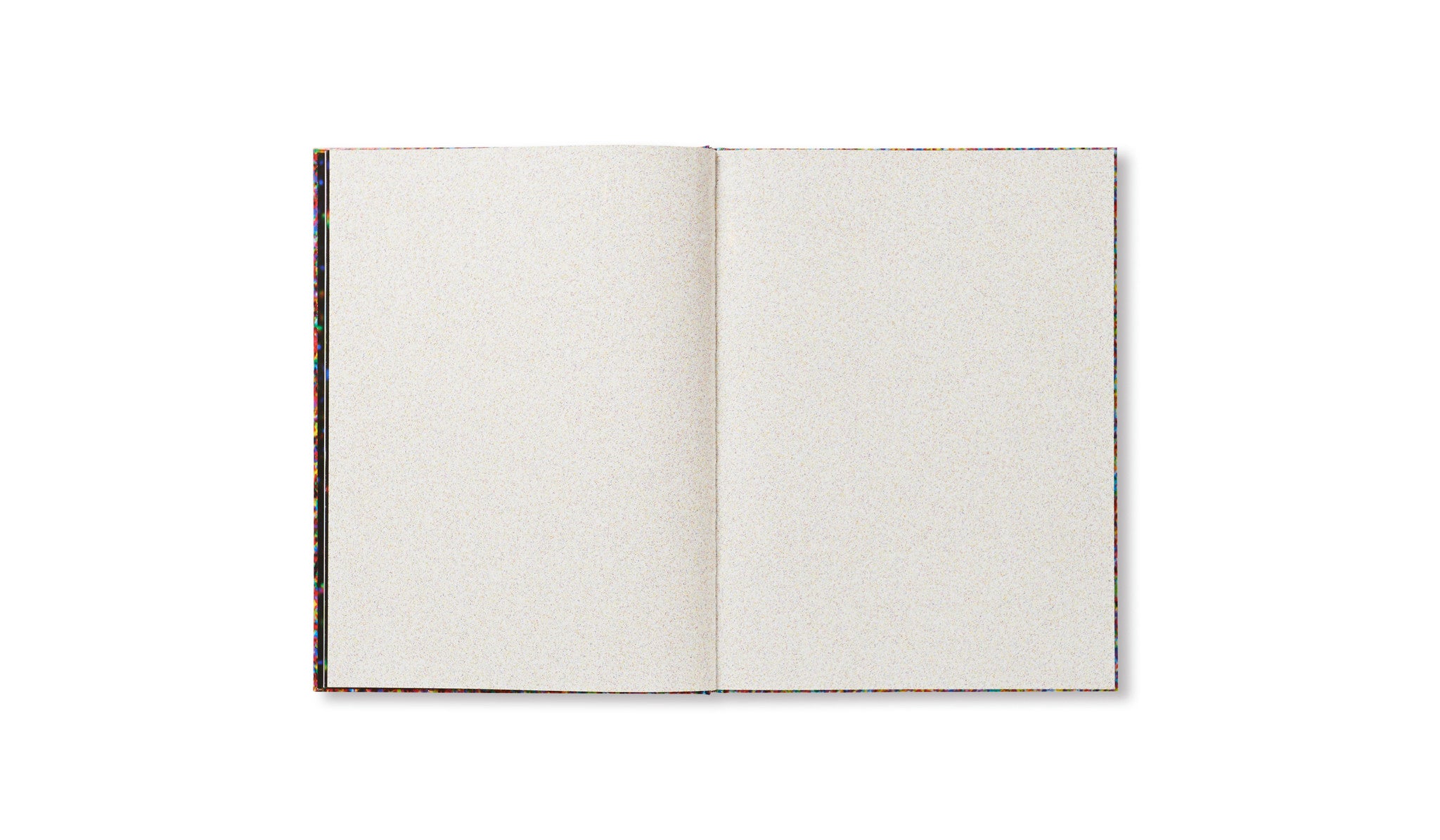
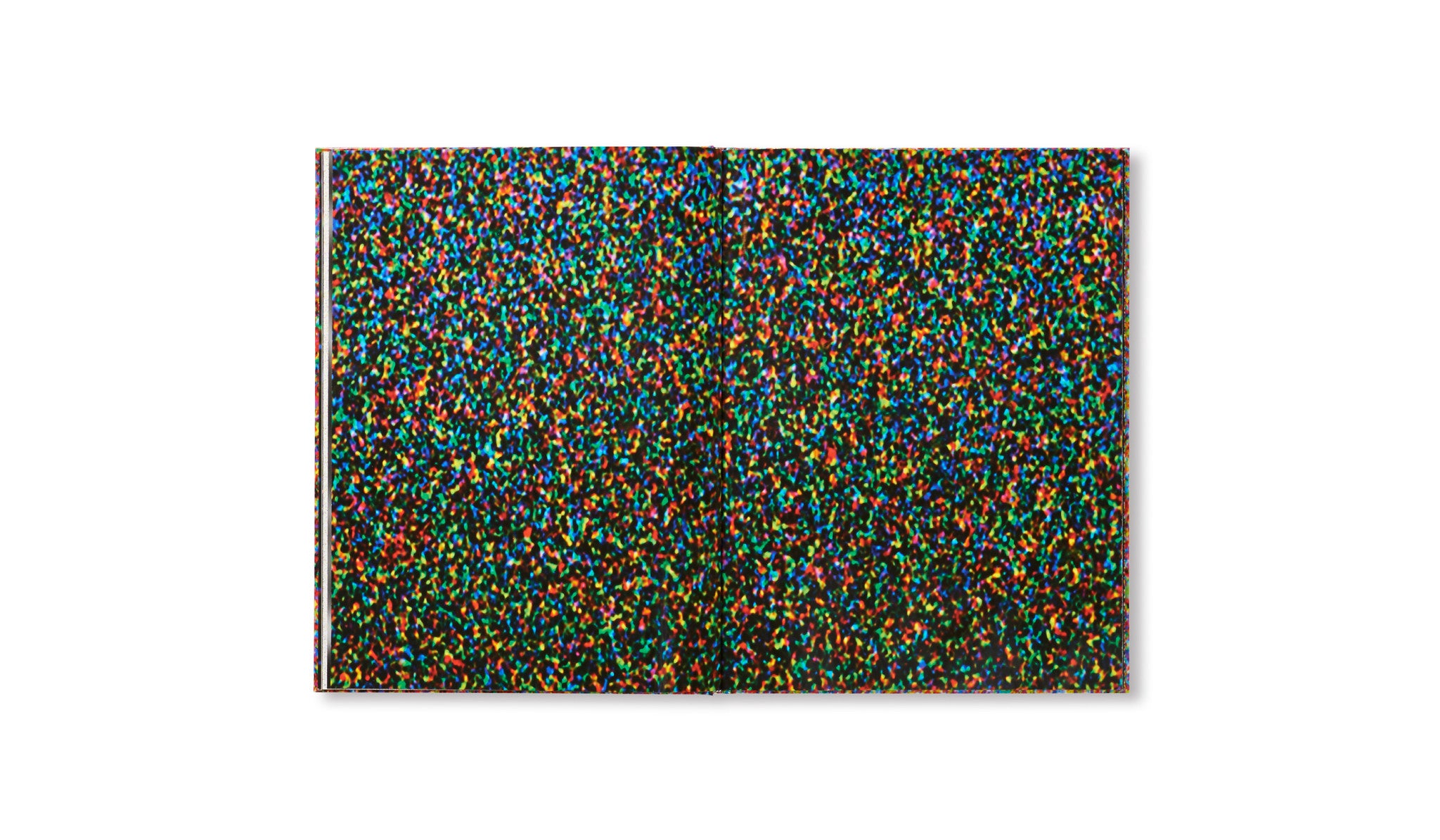
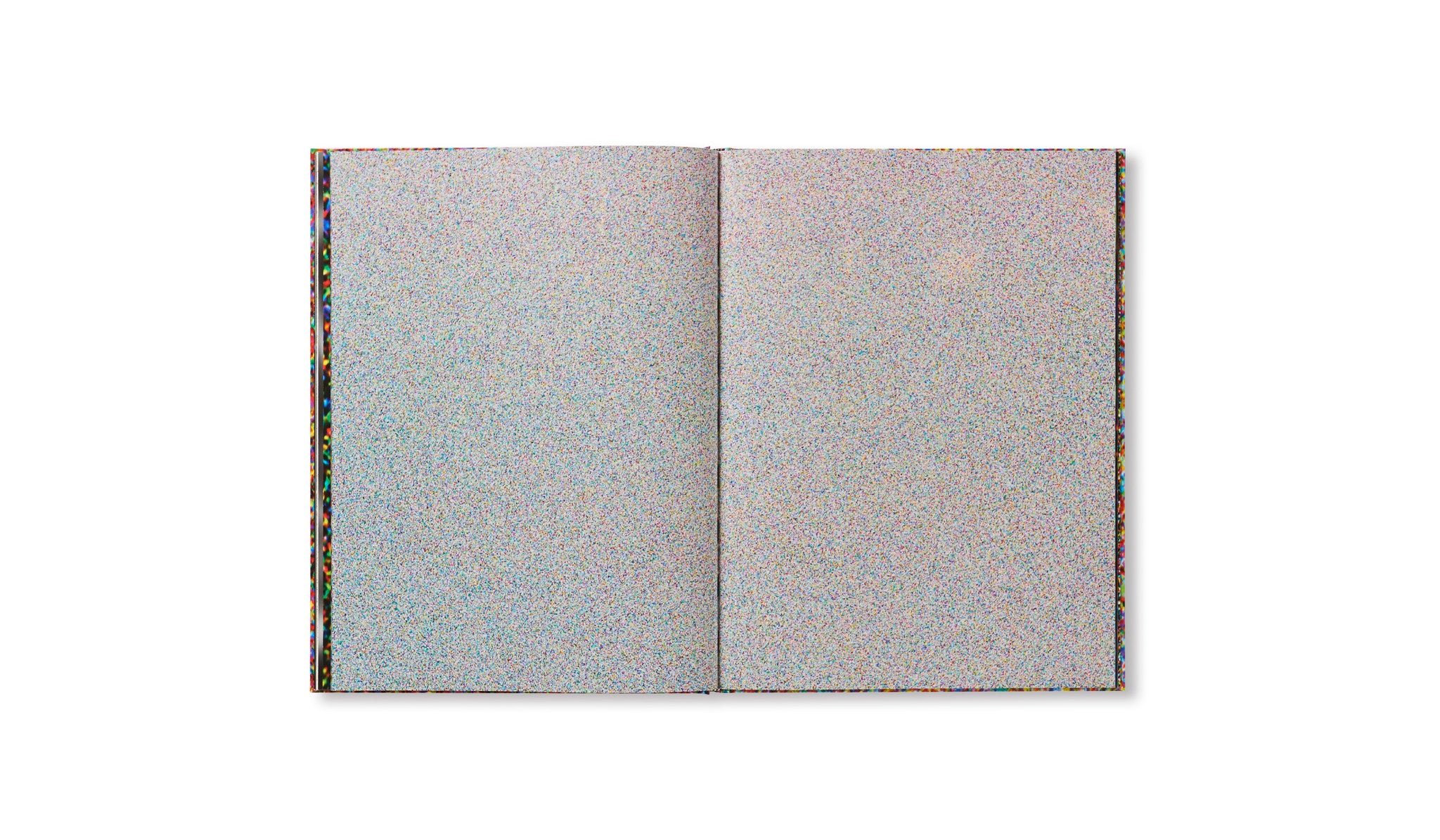
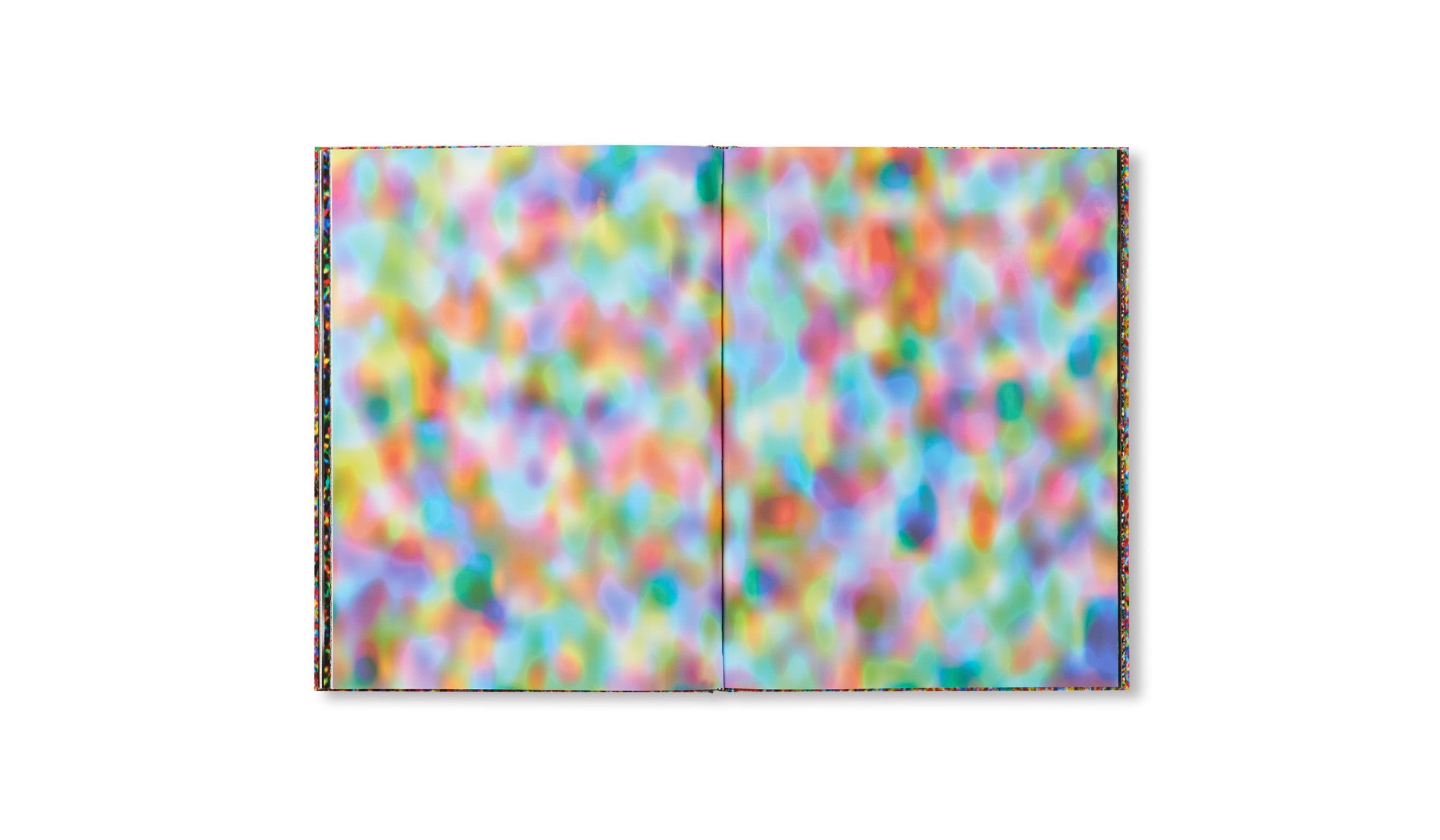
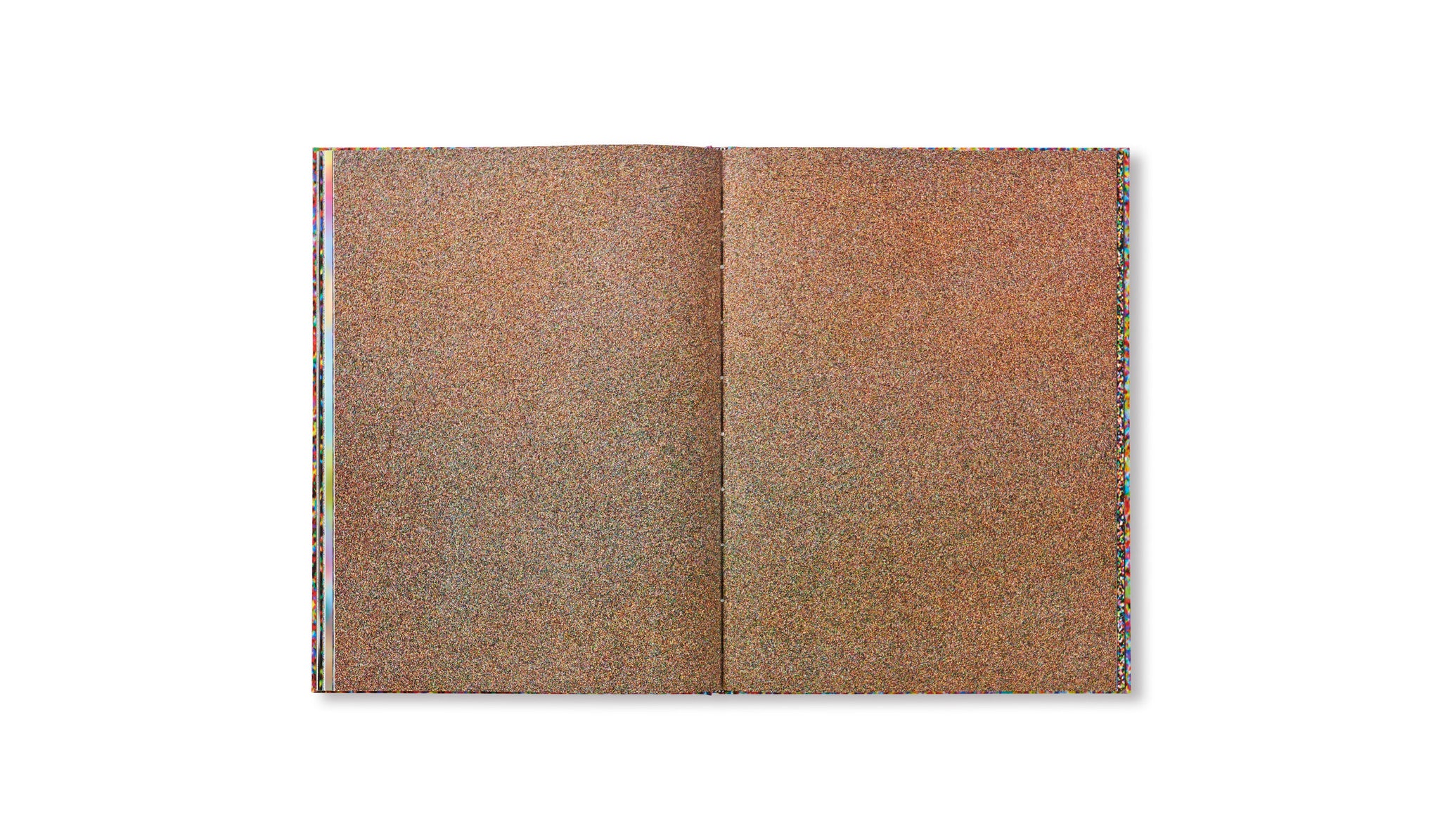
![VERDIGRIS / AMBERGRIS by Paul Graham [SIGNED]](http://twelve-books.com/cdn/shop/files/02_d1eaa7e6-fa09-469b-8a09-f812642364f3_large.jpg?v=1719209981)
![TROUBLED LAND by Paul Graham [SIGNED]](http://twelve-books.com/cdn/shop/products/00_48740a43-29e5-48bf-a4f6-9dd396f0f1fb_large.jpg?v=1645245292)

![BEYOND CARING by Paul Graham [SIGNED]](http://twelve-books.com/cdn/shop/products/BeyondCaring01_32dabaa3-543a-49dd-8ebe-a640aa757e99_large.jpg?v=1623035860)
![A1 - THE GREAT NORTH ROAD by Paul Graham [FIRST EDITION, SECOND PRINTING]](http://twelve-books.com/cdn/shop/products/A100_f8fb86bc-4b86-4790-8d5c-2a8e31784a3b_large.jpg?v=1618903379)
![A1 - THE GREAT NORTH ROAD by Paul Graham [FIRST EDITION, SECOND PRINTING / SIGNED]](http://twelve-books.com/cdn/shop/products/A100_large.jpg?v=1599050414)

![MOTHER by Paul Graham [SIGNED]](http://twelve-books.com/cdn/shop/products/mother01_large.jpg?v=1571704033)
![A SHIMMER OF POSSIBILITY by Paul Graham [SIGNED]](http://twelve-books.com/cdn/shop/products/180410_7405_large.jpg?v=1571703965)
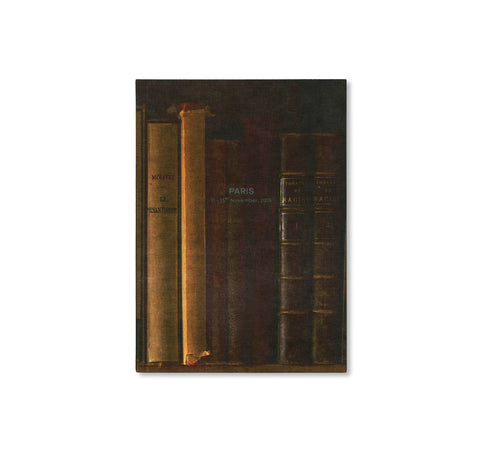


![DOES YELLOW RUN FOREVER? by Paul Graham [SIGNED]](http://twelve-books.com/cdn/shop/products/140818_0373_0d0733f7-2b6a-4343-b4db-4553d34a6ff4_large.jpg?v=1571703835)

![THE PRESENT by Paul Graham [SPECIAL EDITION]](http://twelve-books.com/cdn/shop/products/160324_4974_box_large.jpg?v=1571703838)
